Summary
- Anime condenses plot, manga remains faithful to source material with better pacing.
- Hajime’s character depth is better explored in manga and light novels than in the anime.
- Manga covers world-building better, and portrays romantic relationships with more depth than anime.
With the third season of Arifureta: From Commonplace to World’s Strongest coming to an end, fans of the series can look forward to its other adaptations, including its manga and light novel. While the anime has improved a bit in its action-packed sequences and visuals, it contributes little towards the overall plot and development. Regarding the source material, the light novels provide a detailed, introspective narrative, exploring character backstories, world-building, and relationships in great depth.
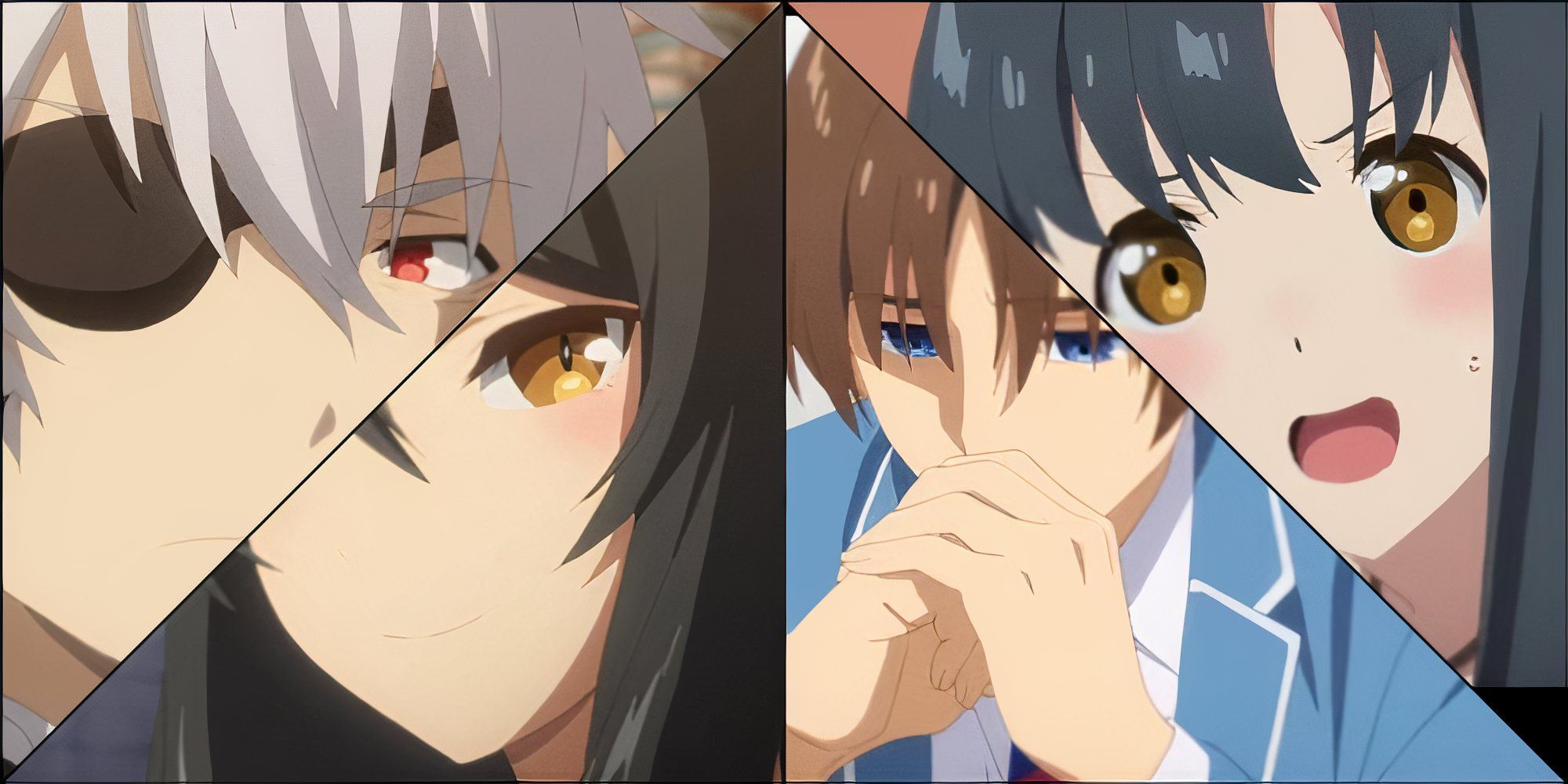
Related
Arifureta: 10 Strongest Characters In The Anime, Ranked
There are many powerful characters in Arifureta, but these are easily the strongest characters in the series.
Similarly, the manga strikes a clean balance by combining beautiful visuals with a more faithful adaptation than the anime. As a result, it has become a fan-favorite for those who want a concise rendition of Hajime Nagumo’s journey. The manga excels in areas where the anime falls short, with better pacing, key character moments, and emotional depth. Here are a few key things the Arifureta manga does better than the anime.
1
Closeness To Source Material
The Anime Truncates Or Glosses Over Many Key Story Elements
While the light novel and manga intricately build upon the story deeply, the anime of Arifureta: From Commonplace to World’s Strongest diverges from its source material. It focuses on condensing plotlines and sometimes skips key world-building and character development moments. Some examples include rushing through Hajime’s labyrinth survival and his initial relationship development with Yue.
In comparison, the manga focuses on Hajime and his party’s journey throughout the fantasy world. Although the light novel has more information on the happenings around the world, the manga is still closer to the source material than the anime. The manga succeeds in perfectly balancing storytelling with visual dynamism.
2
Hajime’s Character Portrayal
Hajime Is Portrayed As A Little Edgy With Unconfirmed Motivations In The Anime
Most fans are unsatisfied with Hajime’s character portrayal in the anime, where he comes off as edgy. Even during the early episodes, his transition from a meek character to a confident, assertive person is mostly glossed over. However, the manga covers a lot about this transition and more thoroughly explains his current persona. His struggles in the abyss and growing bond with Yue are extensively depicted.
Moreover, anime and manga fans can also turn to the light novels to get an even better portrayal of Hajime as a person. His transition towards becoming a hardened survivor is gradually explained by emphasizing his bitterness towards what happened and his determination to survive. The anime took only the first two episodes to make this transition by skipping over the subtleties of his character arc. Hence, lacking buildup can make his emotional growth and motivation somewhat shallow.
3
Pacing And Storytelling
The Anime Can Be A Little More Fast-Paced By Skipping Details
The pacing of Arifureta: From Commonplace to World’s Strongest dramatically varies across the anime, light novel, and manga. While the anime tries to compress the story by skipping various parts, the manga covers more of the source material. As a result, the fast pacing sacrifices crucial narrative depth that can leave viewers with an incomplete sense of the stakes or emotional arcs. Accordingly, the manga allows its readers to experience Hajime’s journey, transformation, and relationships in greater detail.
Compared to the light novel, the manga strikes a middle ground. It may trim some of the content, but it maintains the core story elements and character developments. The manga also manages to add depth through visual narratives that offer rich insight into the story. Moreover, it captures the emotional nuances that may be missed in textual light novels.
4
Maturity And Intensity In Tone
The Anime Fails To Depict The True Brutality Of The Story Due To Rating
While the Arifureta anime may be rated PG-13, the light novel and manga are significantly darker and more mature in tone. They delve deeper into Hajime’s psychological struggles, including his descent into despair and morally ambiguous decisions. Moreover, the manga doesn’t shy away from graphic violence as it explores the story’s brutality. This ultimately adds to the realism of his character and adds emotional weight in a new way.
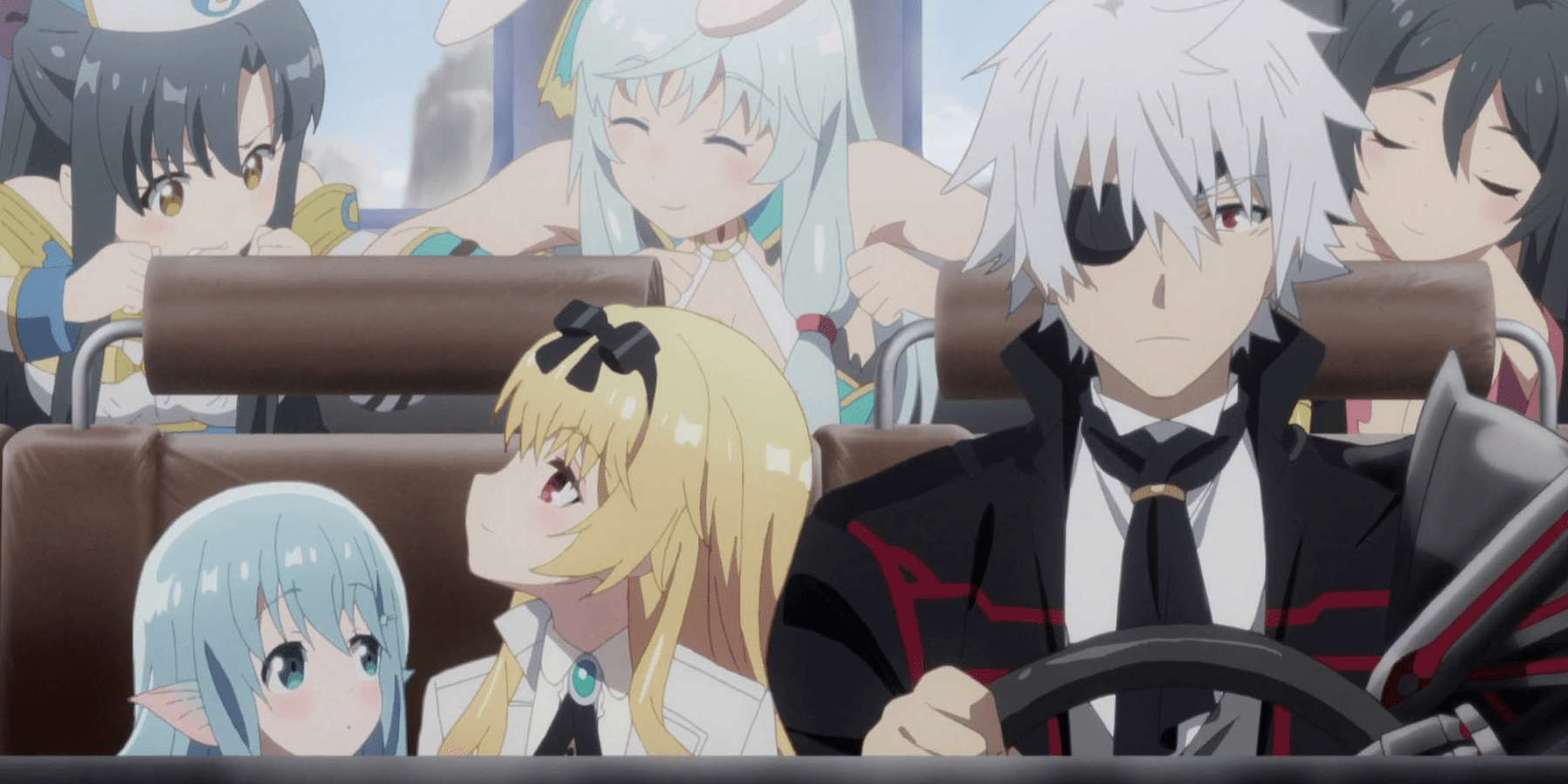
Related
How to Get into Arifureta: Everything You Need to Know About the Anime, Manga & Light Novels
Arifureta is one of the biggest isekai anime around. Here’s everything fans need to know about the light novels, manga, and anime.
On the other hand, the anime depicts the story in a very toned-down manner, most likely to appeal to a broader audience. Although it retains some of the darker elements, it omits much of the intensity of the source material. As a result, fans of the manga and light novels often complain about how the anime fails to capture the gritty, high-stakes atmosphere, which is the cornerstone of the entire story’s appeal.
5
World-Building Depth
The Anime Loses Out On Foreshadowing Or Showcasing World Lore
The light novel has incomparable world-building compared to all the other materials. However, the manga places second in world-building details while the anime falls in last place. The manga covers complex details defining magic systems, geopolitics, and the labyrinth’s mysteries. As a result, it provides a rich backdrop for Hajime and his party as they venture into the mysterious world.
However, the anime glosses over many of these details or outright omits them. Its primary focus on action leaves little room for significant plot points and exploration of the world’s lore. Hence, viewers can easily mistake it for fast pacing or feel little connection with the events, making the story less immersive.
6
Romantic And Emotional Moments
Hajime, Yue, And Other Love Interests Feel Rushed In The Anime
The Arifureta: From Commonplace to World’s Strongest anime does little justice to the romantic and emotional moments between Hajime and Yue. The romance buildup is much more prominent in the light novel and the manga with proper depth and development. It reflects how their unwavering bond was formed in the harshest circumstances. Moreover, Yue is portrayed as loyal and emotionally vulnerable, which complements Hajime’s transformation into a hardened yet caring individual.
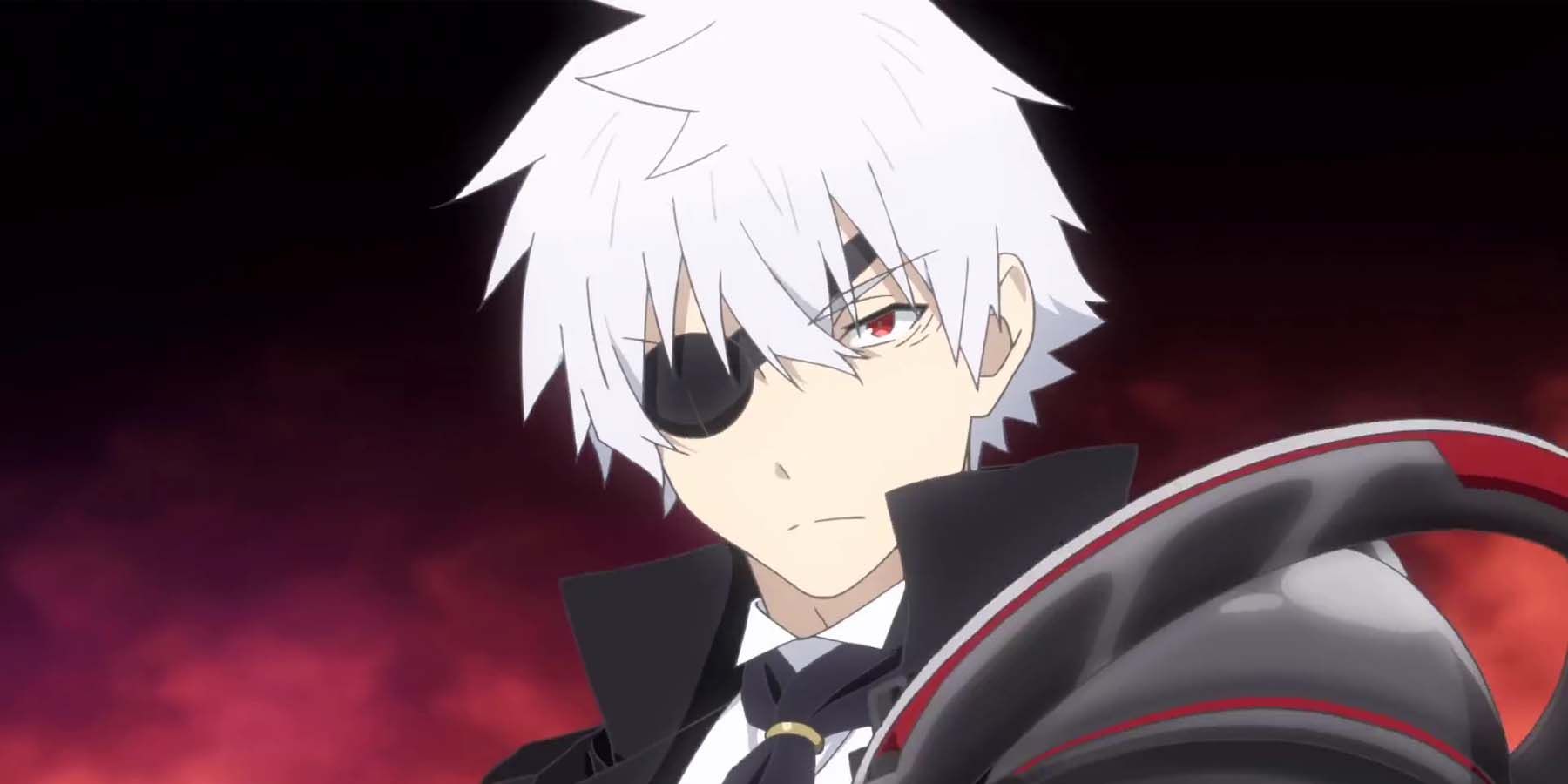
Related
Arifureta Light Novel Series to End in Next Volume
A second season of the anime adaptation is currently airing.
Hajime and Yue’s relationship is also portrayed as an integral part of the story, with many heartfelt exchanges highlighting their mutual reliance and love. In the anime, they speed up their relationship without much explanation except that he saves her, and they try to survive together. Although the light novel explores relational complexity in detail, the manga doesn’t fall short of portraying it better than the anime. It also captures Kaori’s unrequited love and Shia’s funny yet genuine affection for Hajime. All these relationships unfold quite organically while adding depth to the story and its characters.
7
Character Development Highlights
The Anime Rushes Some Character Developments While Skipping Others Entirely
The Arifureta light novel and manga portray character development better than the anime. Although the manga solely focuses on Hajime and his party, it is still more prominent than what is depicted in the anime. In contrast, the light novel explores different parts and characters across the world to foreshadow upcoming events. However, the manga does a fair job of exploring other characters, like Shea, Tio, and Hajime’s other love interests.
As a result, the manga showcases well-rounded character arcs, which in turn add layers to the overall narrative. Comparatively, the anime struggles to provide the same depth, as the characters’ backstories and motivations are not explored in detail. Hence, viewers are expected to take these characters for what they are without any buildup. Fans of the series should also check out the light novel for comprehensive character development and detailed arcs.
8
Action Scenes And Fight Choreography
The Anime Makes Poor Use Of CGI In Most Fights
Most anime viewers have had gripes about the fight and action scenes in the show due to the use of bad CGI. Even disregarding that, the fight choreography was not up to expectations as it feels rushed or poorly directed. However, the manga has meticulously crafted fight scenes that properly showcase Hajime and other characters’ powers and abilities. Although the light novel has detailed descriptions, the manga complements it with visually striking, beautiful art.
Hence, reading the manga will give readers a deeper insight and appreciation of Hajime’s inventive combat style and evolving powers. While the anime can be visually impressive at times, the CGI sometimes detracts from the emotional impact of key battles. However, it does have fast-paced, dynamic fight sequences that cannot be found in manga and light novels.
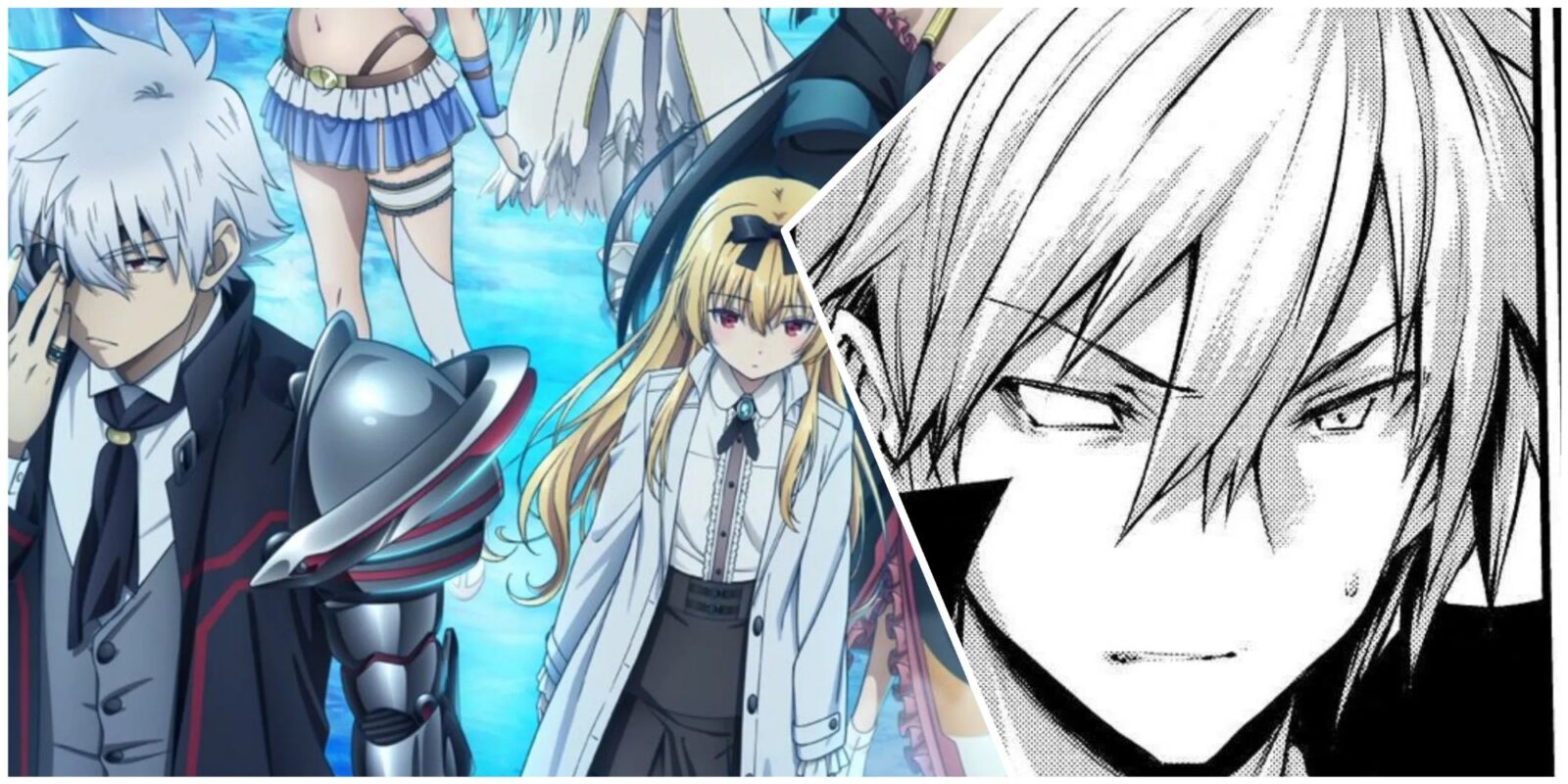
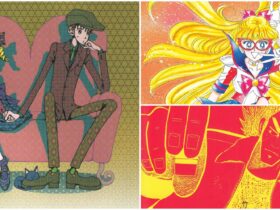
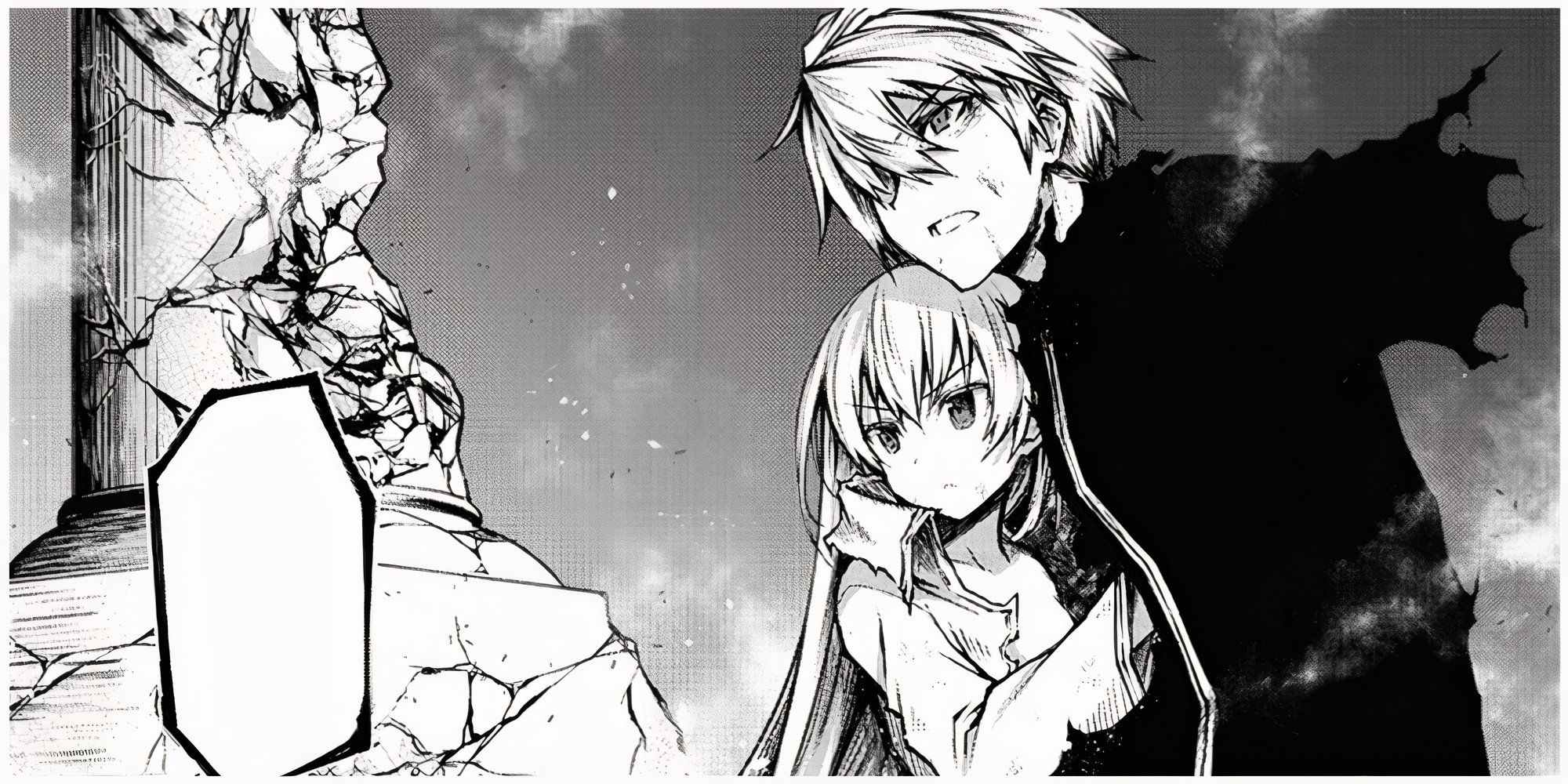
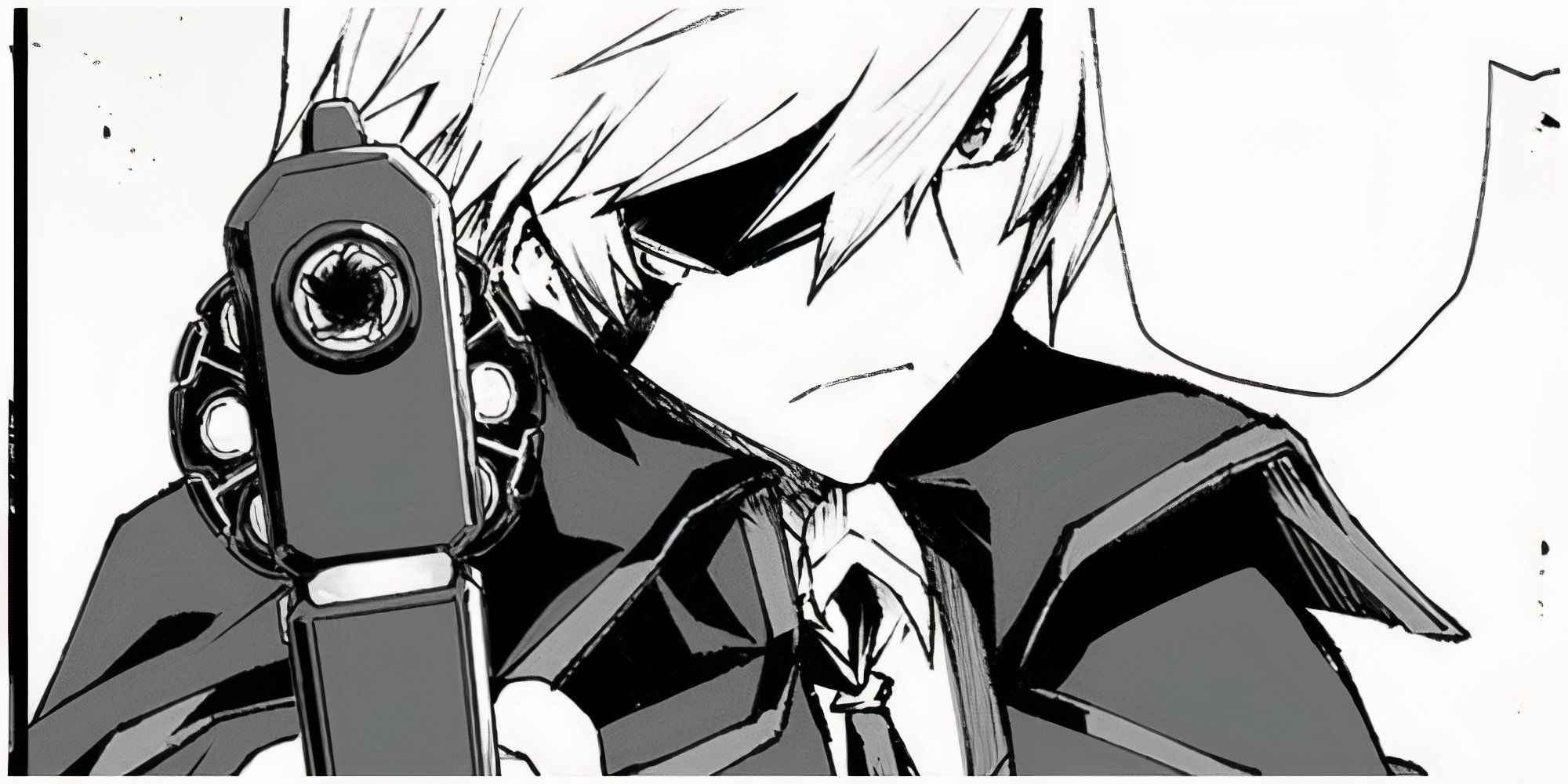
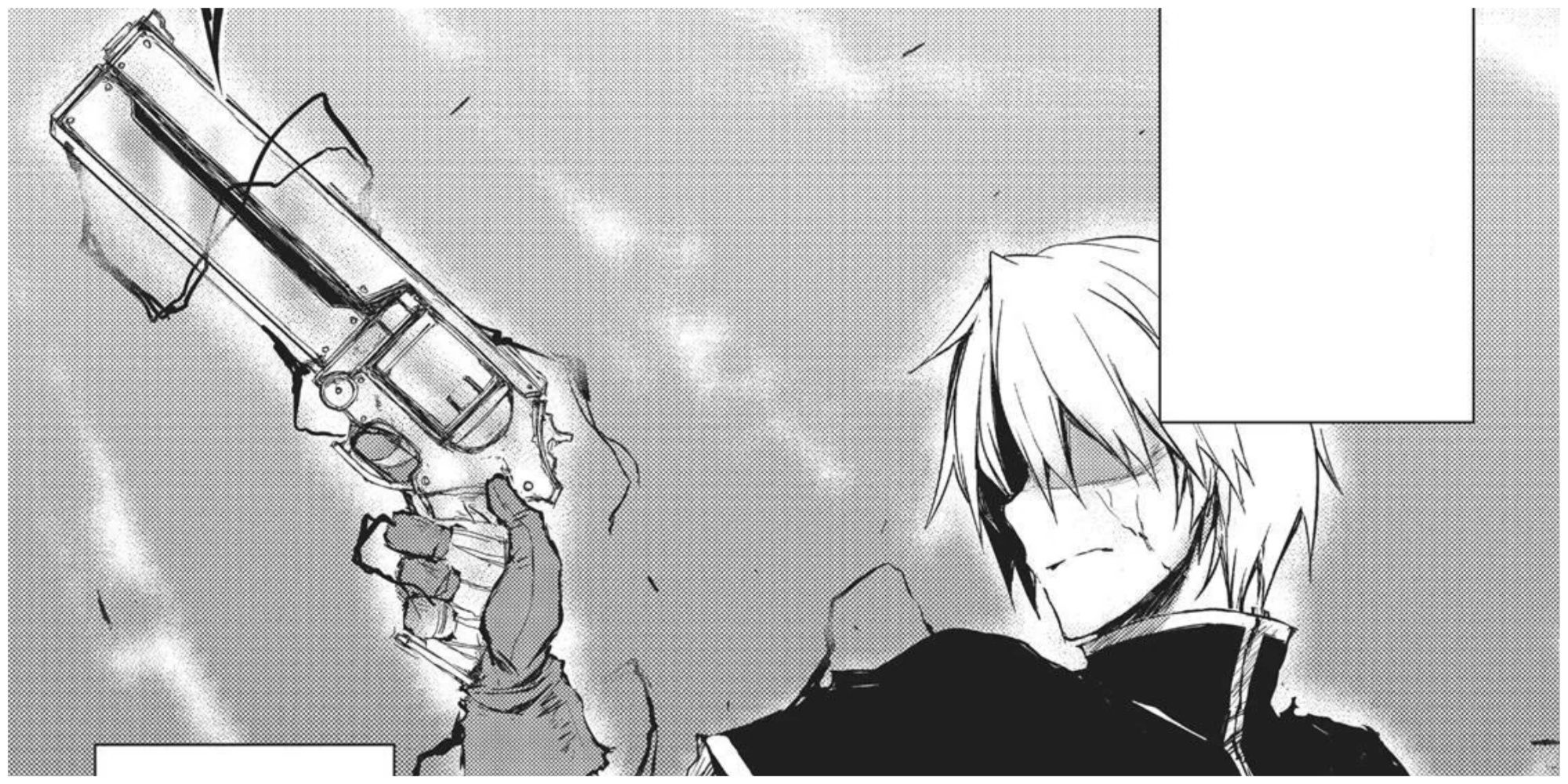
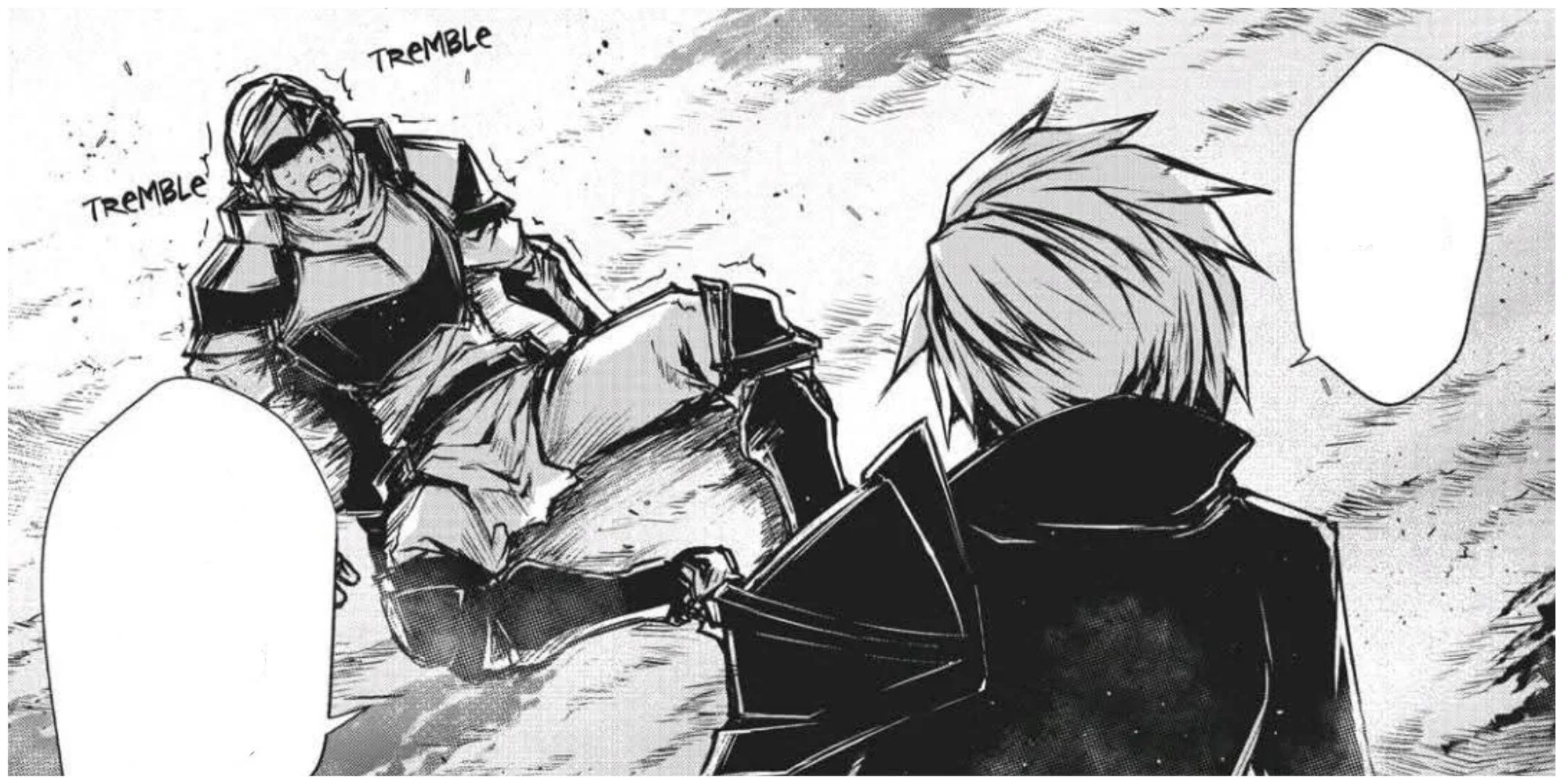
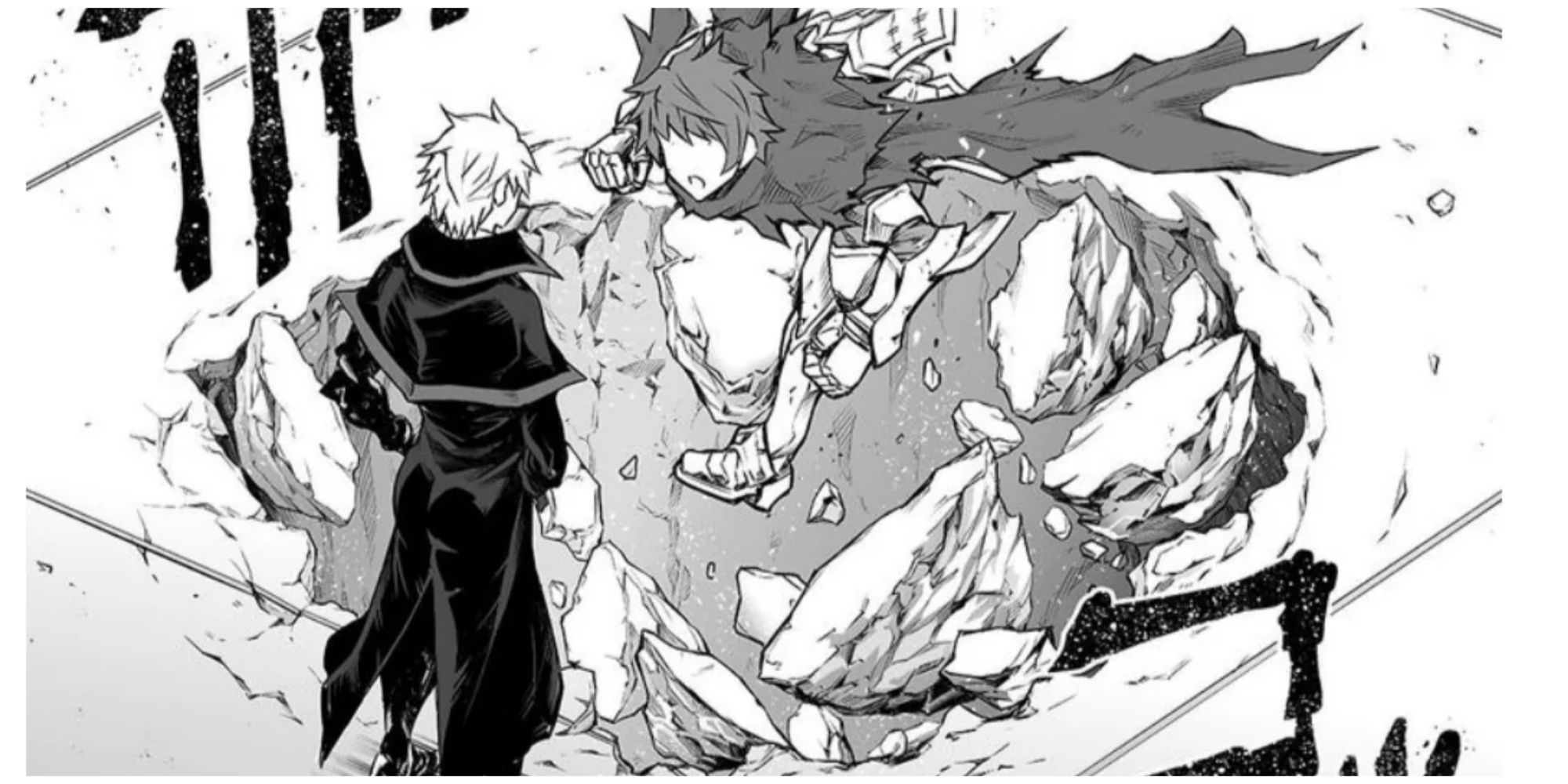
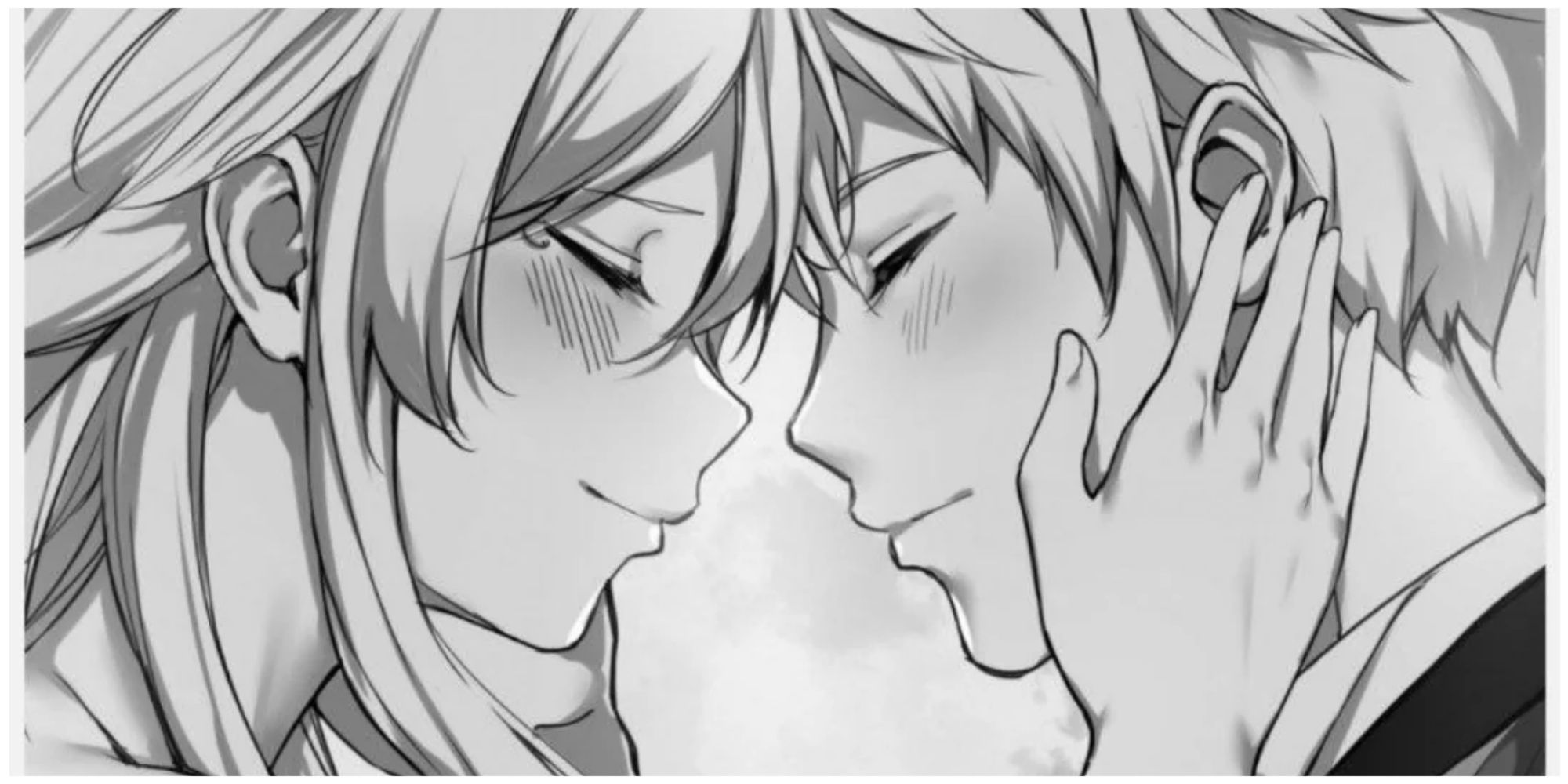
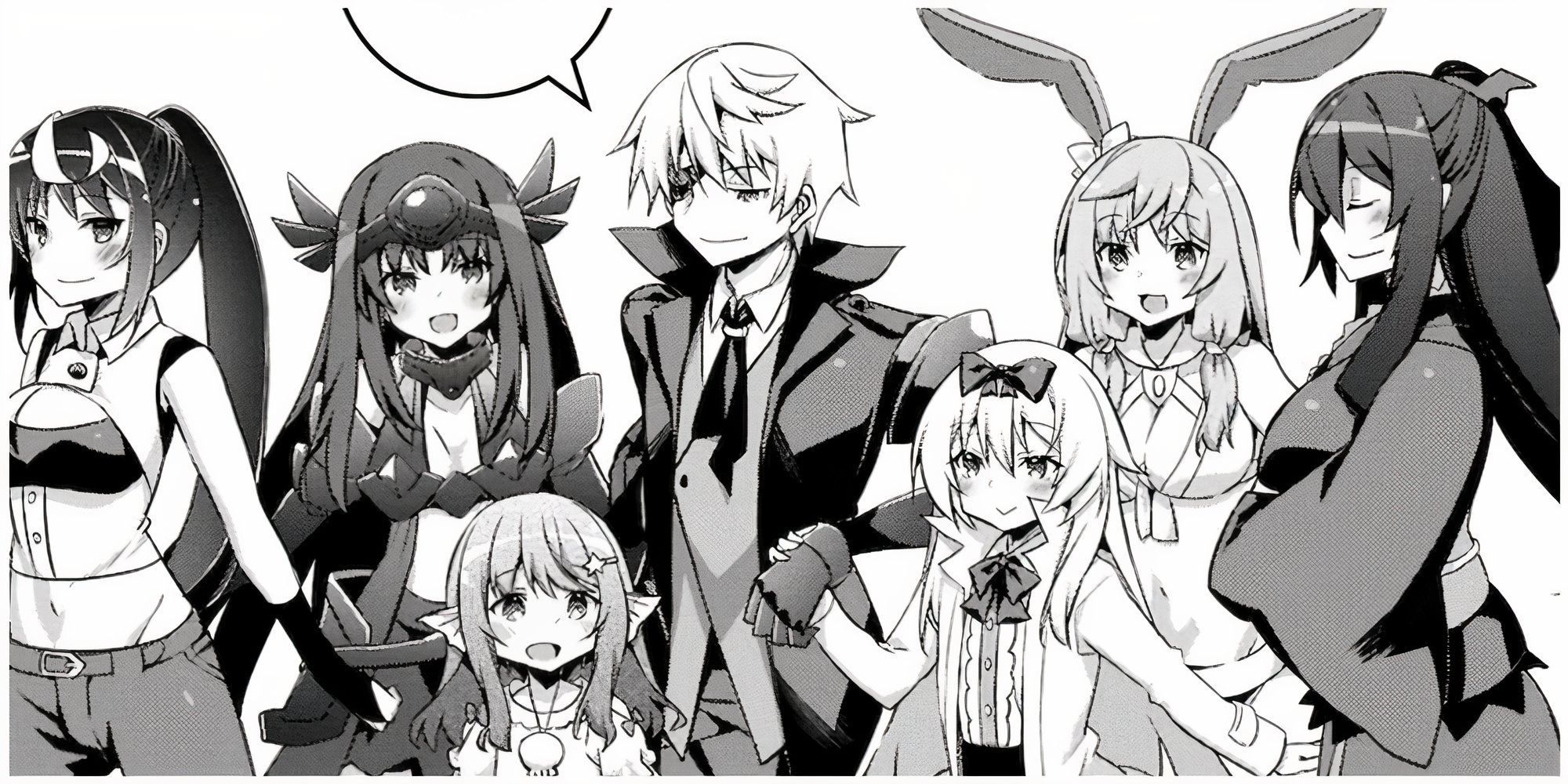
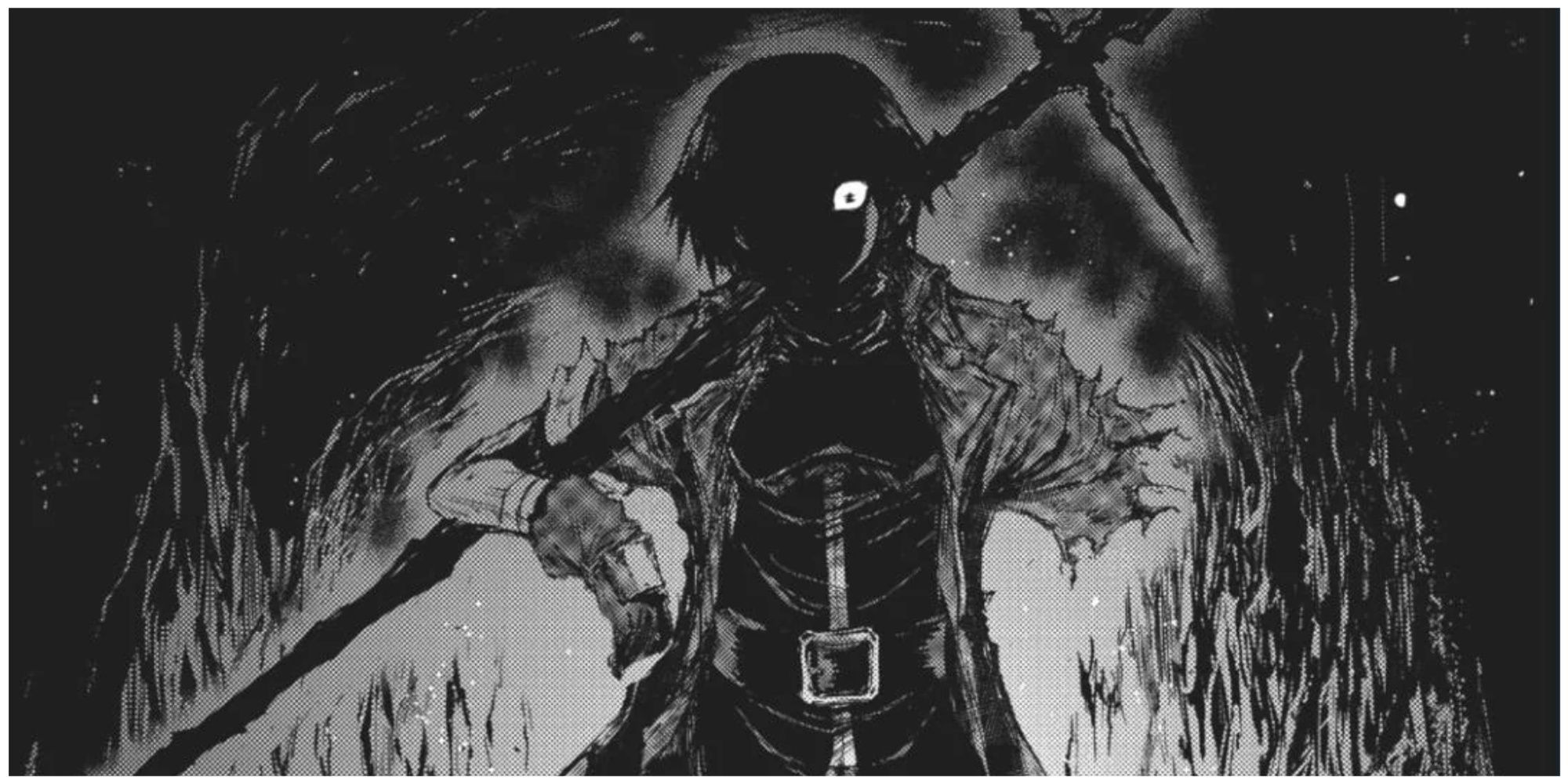

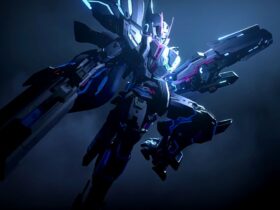
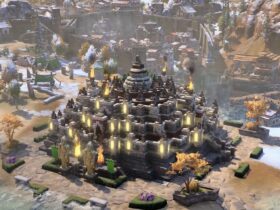
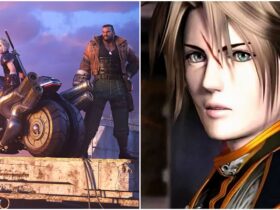
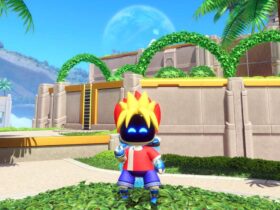
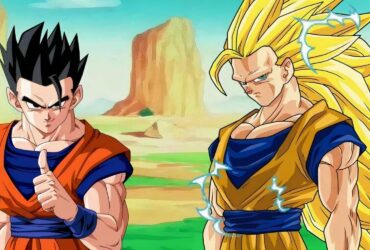
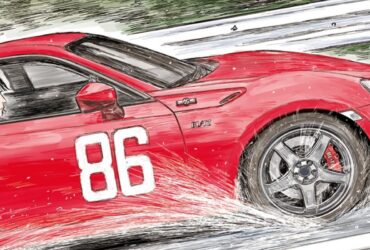
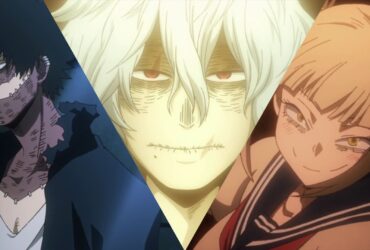
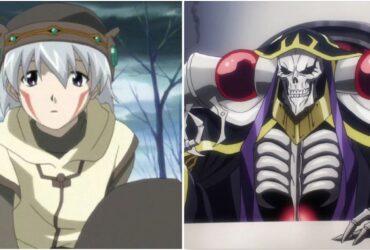
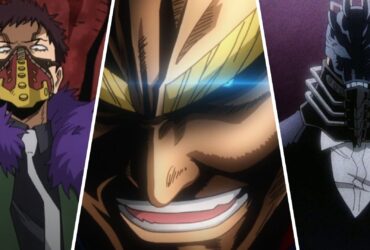
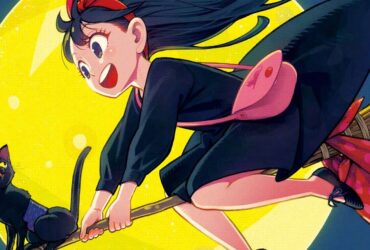
Leave a Reply